The splendid architecture of Patwon ki Haveli in Jaisalmer, Rajasthan || One of the most opulent of the havelis in Jaisalmer
If you are on a tour of the havelis in Jaisalmer, you should visit the Patwon ki Haveli last. Because after seeing this haveli, your very definition of the word "haveli" will change. And after that, no other haveli will ever come up to your expectations. So in order to be fair to all the other havelis, visit Patwon ki haveli only after you have visited all of the others.
The haveli comprises of five separate palaces, which were meant for the five Patwa brothers. Out of these five palaces, two are maintained and managed by the Archeological Survey of India (ASI) and in fact the offices of the Archeological Survey of India and State art and craft department are situated in the haveli itself.
The first of the palaces was built in 1805 and was the second haveli to be built in the region. All palaces were complete by 1860 but the first one remains the grandest of them all. You stand in the vicinity of these mansions and you look up, I can bet it will be an overwhelming sight. One that will stay in your memories for the longest.
A wealthy merchant by the name of Guman Chand Patwa commissioned the haveli in 1805. These havelis were also known as the "mansion of brocade merchants" because these merchants were engaged in the trade of threads of silver and gold meant for the purpose of embroidery.
There are countless aches here, and balconies as well. There are jharokhas and intricate latticework that is trademark of Rajputana Architecture. The building stands like a jewel in these narrow and crowded streets of Jaisalmer. It is as much at home here as it is out of place. The feeling is very difficult to explain.
On the face of it, the merchant who built these havelis were trading brocade material, but it is rumored that they amassed much of their fortune dealing in opium and were also loan sharks. Their presence in the area was closely associated with the fact that this region fell right on the silk route.
As the trade on silk route dwindled, so did the fortunes of the Patwas. And the havelis were abandoned and then slowly fell into disrepair. One of the havelis was bought over by another tradesman, Shri Jeevan Lal Kothari. Apparently one can still visit this haveli and explore the interiors. The rest caught the attention of the then Prime Minister Indira Gandhi. She got the Rajasthan Government to grant the Havelis a national heritage status.
I am glad that the havelis have been saved though. These were the second havelis to be built in Rajasthan and the very first in Jaisalmer. The had inspired several havelis to come up in Bikaner and the Shekhawati region as well.
The interiors of the havelis are as opulent as the exteriors and with all the murals and the sculptures and each haveli is designed differently even if they look the same from the outside. All of these palaces are built around a courtyard with a central mural or a fountain. It is a joy to walk around the imagine what the place would have been like when these palaces were homes to prosperous families.
From the terrace of the haveli, you can enjoy a panoramic view of old Jaisalmer. Around the havelis, there are several hawkers selling puppets, bangles, dupattas and other traditional Rajasthani artefacts. It is a happening place.
Patwon ki Haveli was perhaps the most surprising structure that we came upon during our trip to Jaisalmer, You simply do not expect the narrow lanes to suddenly explode into this splendor. One should definitely experience that.

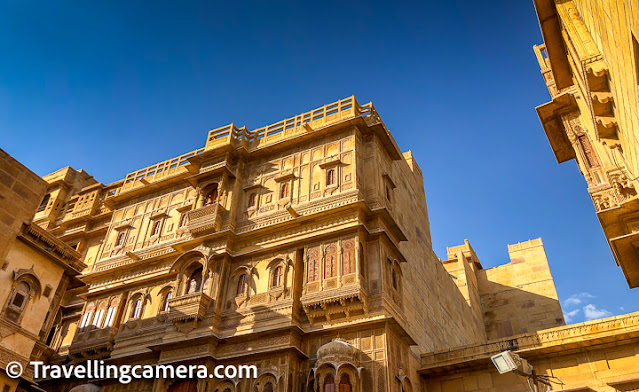


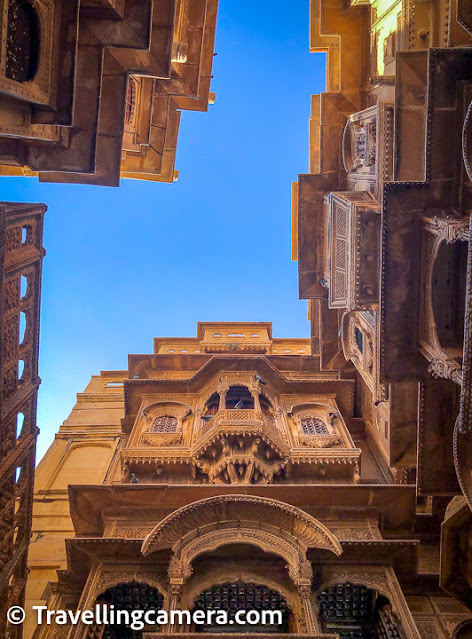


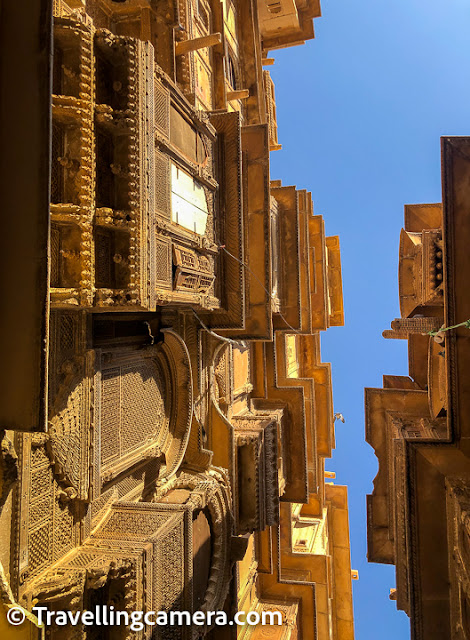
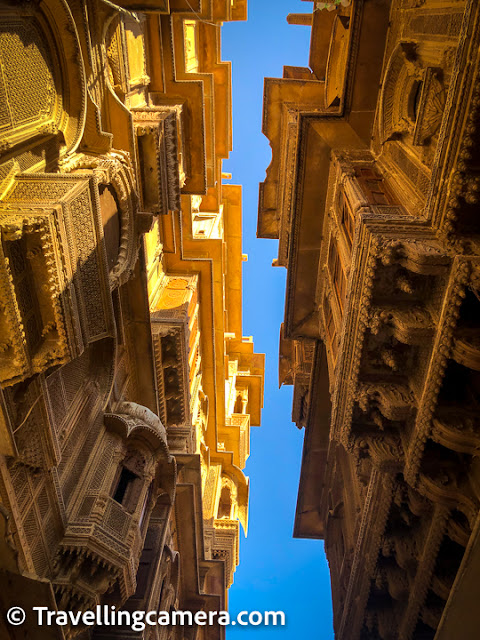





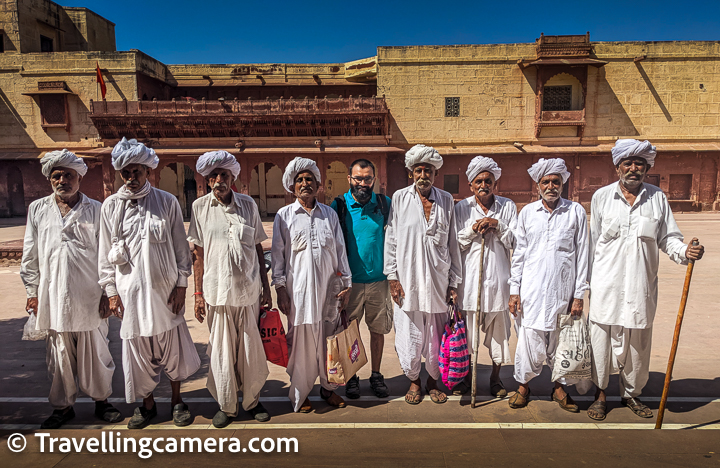


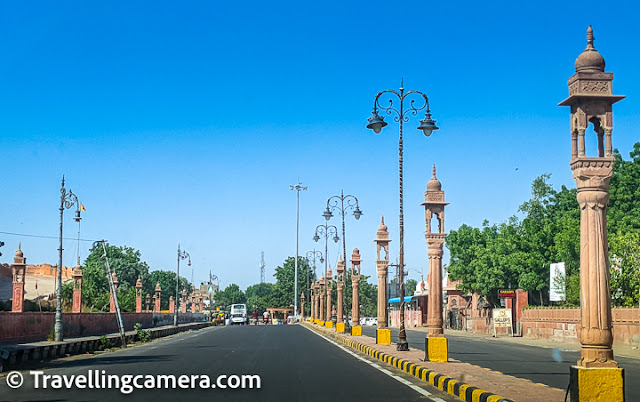




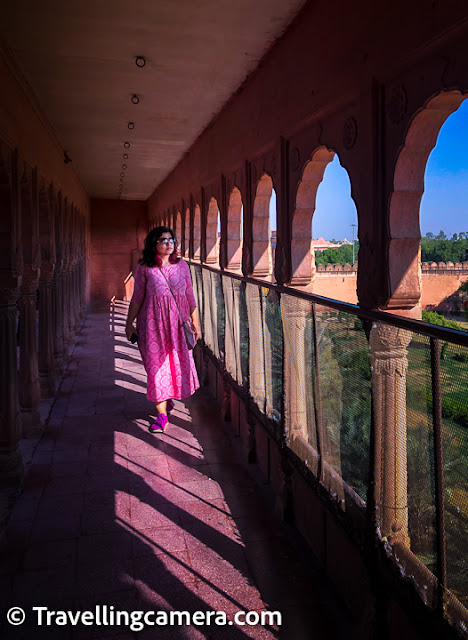

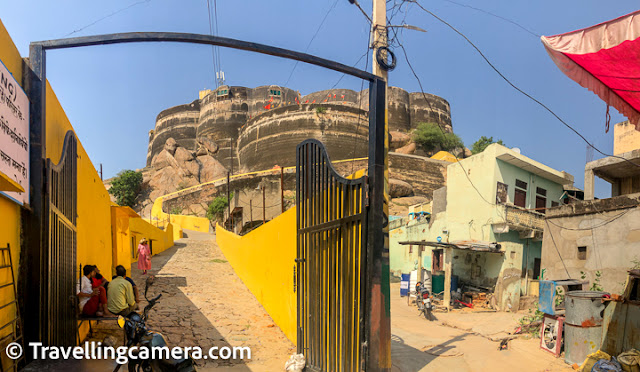

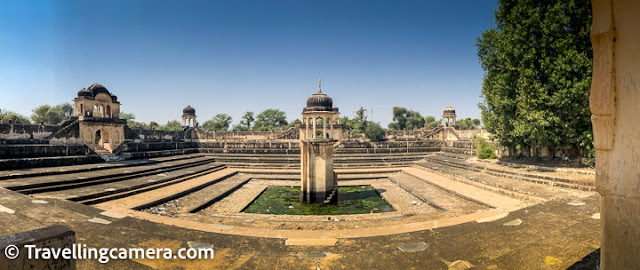


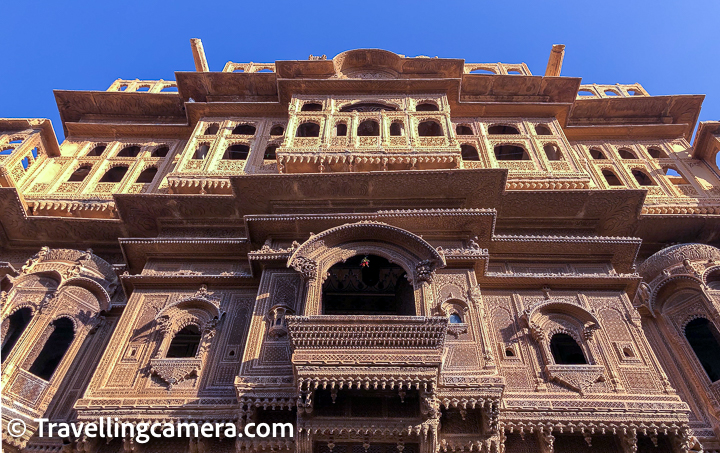

.jpg)
Comments